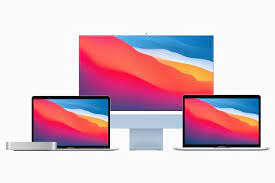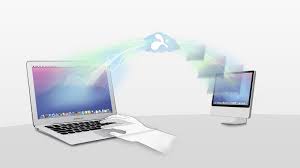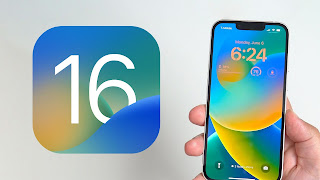If you’ve bought a new MacBook Air, MacBook Pro iMac, Mac Studio, or Mac Mini within the past few years, it’s almost certainly using Apple’s own processor, the Apple Silicon M1 or Apple Silicon M2, rather than an Intel chip. In your day-to-day use, you probably won’t notice any difference in operation, which is a good thing. But when it’s time to reset a new Mac, whether it’s because you sold it, handed it over, or troubleshoot it, there are completely new steps to completely wipe out M1 and M2-based models.
More specifically, the steps to access Recovery Mode (the tool you need to reset your Mac) have changed. I’ll walk you through how to get into recovery mode and use all the options, and provide some workarounds for the issues I’m having. Let’s take a look below!

How to Access MacOS Recovery on Apple Silicon Macs
Click the Apple icon and shut down your Mac. After the computer shuts down completely, press and hold the power button. When the Apple logo first appears, you’ll see text below it, letting you know to keep pressing it to access startup options. Press it until the text switches to “Loading Boot Options,” which takes about five seconds. Next, click Options > Continue. Select a user with administrator privileges and enter the account password when asked.
New recovery tool gives you some options
After logging into your user account, you will see a list of apps available in recovery.
Restore from Time Machine: Use this option if you want to restore your Mac from a previous Time Machine backup. This is helpful if you’ve lost a lot of files, changed settings, or installed an application that’s causing serious problems with your Mac.
Reinstall MacOS Monterey: If you are having trouble with MacOS, you can try to reinstall the latest version of MacOS using this option without deleting any files or losing any data.
Safari: You can use Apple’s browser to search and resolve how to fix your Mac.
Disk Utility: Tools for repairing, troubleshooting, or erasing hard drives.
In the menu bar at the top of the screen, you can also access other applications and tools, such as Terminal, Shared Disk, and Boot Security Utility.
Erase the hard drive, reinstall MacOS
To completely remove all information from the hard drive and reinstall MacOS, open Disk Utility and select the internal disk labeled Macintosh HD. Check the box if there is an option called Erase Volume Group. Otherwise, click Erase and follow the prompts. The volume name and format are reserved, but for reference, the name is usually “Macintosh HD” and the format should use AFPS.
After a few seconds, the hard drive will be completely wiped, taking away all your files, user accounts, and applications. When done, close Disk Utility and select Reinstall MacOS from the list of options. You’ll be asked to choose where to install, which should be Macintosh HD (or whatever the name of the hard drive is if you decide to change it).
Your Mac will then download the latest version of MacOS, install it, and when it’s done, it’s like it’s never been set up.
If you are unable to create a new user account
I can’t create a new user account after reinstalling MacOS: My MacBook Pro freezes when I try to create a default user account. Basically, it’s because MacOS is looking for account information in a place that doesn’t exist anymore.
If the system doesn’t freeze, try rebooting again into recovery mode, launch Terminal, type “resetpassword” in the command line, select the reset password option, then launch Recovery Assistant from the menu bar and select Erase Mac or Erase with Disk Utility Data partition, as described in the previous comment.
If it freezes, you need to try accessing it from a second device. You can connect it to another Mac and follow the process described in this StackExchange thread or follow the instructions in this Reddit comment to remove the partition from your iPhone.
>>>>>>>>>>>Apple battery
Thanks for reading, hope it helps!
Friendly reminder: If you need to replace the battery of your device, this battery store will be a good choice: www.batteryforpc.co.uk









